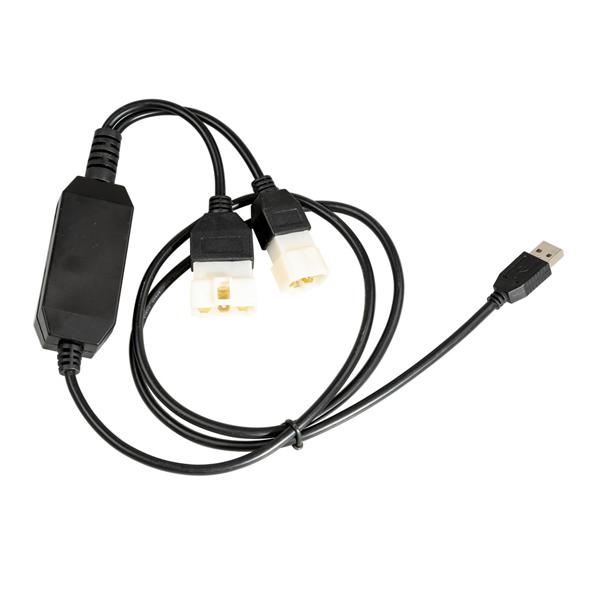Dr Zx Software
Cassette tapes were originally developed to store audio, and that is what they’re best known for. But retrocomputing enthusiasts know that they were also commonly used to store computer data like software and games. In the 8-bit home computer era, most computer models had either a built-in or external cassette deck available. That could be used to load data from or store data on a cassette tape. But finding those tapes in working order today can be tricky. That’s why JamHamster created an Arduino cassette tape to easily load ZX Spectrum software downloaded from the internet.
There are ways to load downloaded cassette tape audio files without a device like this. If you have a ZX Spectrum, you can plug your smartphone into the cassette tape port and play audio files from that. If, like JamHamster, you have a ZX Spectrum +2 with a built-in tape deck, you can do the same thing using an auxiliary cable to cassette adapter. This project is just a tidier and more convenient way to achieve the same results. JamHamster’s unit is a specialized version of a TZXDuino, which is an open source Arduino device designed for storing and playing ZX Spectrum tape files.
ZX: Read hard drive parameters (CHS, size) Copy from one hard disk to other Disk initialization Binary data packer (compressor) Tape to hard disk copier Hard disk usage statistic StartPack - 6 MB rar archive - image for 128MB disks - many games, some utils. Apogee Software certainly released some great games in the 90's, games such as Monster Bash, Bio Menace and even our personal favorite Duke Nukem. Well one game that's received the remastered treatment and a game that many of us still remember to this day, is the 1992 game 'Secret Agent HD'. Omron's user-friendly, fully-integrated software solutions are designed for easy set up and manageability of the most complex automated applications. The +3 software included here may have something modified and/or added (by me) with respect to their original release version (either original tape or original 3” CF-2 disk). If that is the case, the modification is clearly mentioned. All +3 software included here is based on the standard +3DOS disk handling routines. The ZX Spectrum +3, released in 1987, looked similar to the +2A but featured a built-in 3-inch floppy disk drive (like the Amstrad CPC 6128) instead of the tape drive, and was in a black case. It was launched in 1987, initially retailed for £249 41 and then later £199 42 and was the only Spectrum capable of running the CP/M operating.
The typical TZXDuino is a bit bulky, but JamHamster’s version fits entirely inside of a cassette tape’s plastic shell. That includes the tape heads, so this can be inserted into a tape deck and used like a normal cassette. Inside of the enclosure are an Arduino Nano board, a 0.96” I2C OLED screen, a microSD card reader module, headphone socket, volume wheel, and five tactile switches for control. Space was very limited, so the Arduino’s USB port had to be relocated and many of the boards were trimmed in order to make everything fit. The standard TZXDuino firmware was used, which works with the ZX Spectrum range, ZX81, and Amstrad CPC computers. But it should be possible to adapt this project to work with just about any computer from that era.
Dr Zx Software Download
